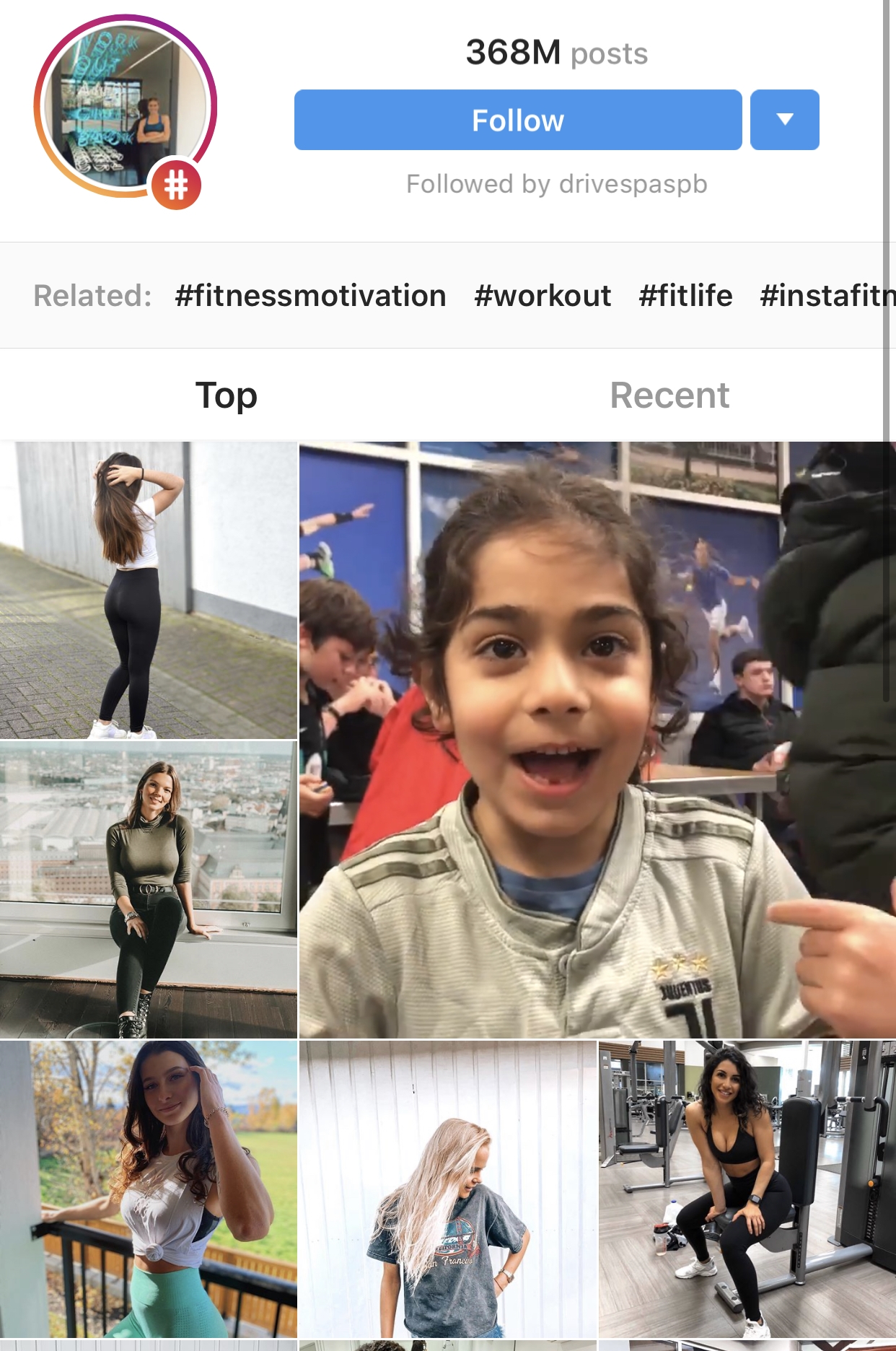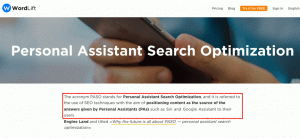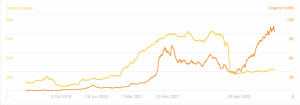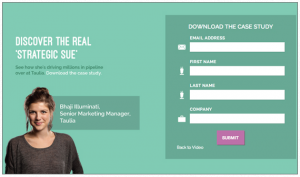Retail giant Amazon is responsible for nearly half of all online retail spend in the United States, so it makes sense for ecommerce sellers to use the platform to get their products in front of buyers. However, with hundreds of millions of products for sale on Amazon, it can be a challenge to get your products seen by the right people.
One of the most effective ways to expose people to your product is through influencer marketing, which uses leaders in a specific industry to share your brand’s products and messaging with a key audience. This enables brands to reach their target audience in an organic, meaningful way; today, influencer marketing is a $ 1.7 billion industry on Instagram alone. Why? Because it works.
Consumers seek product recommendations from influencers nearly as often as they do from friends, according to one study that also found that 49% of consumers look to influencers when making product decisions.
Read on to learn how you can work with Amazon influencers to increase your sales.
What Is an Amazon Influencer?
An Amazon influencer is a person who’s established themselves as an authority in a certain niche on a social platform, which gives them the ability to influence purchasing decisions — specifically by promoting a product for sale on Amazon. In other words, they’re a person you want to represent your brand because they can help drive Amazon sales.
Keep in mind that the number of followers a potential Amazon influencer has isn’t the most important factor. Instead, focus on influencers who’ve already amassed an audience that would be interested in your product.
Often, these will be micro-influencers: influencers with between 1,000 and 100,000 followers who’ve established themselves as an expert in a niche community, such as the influencer featured above who has 20,000 followers.
The Benefits of an Influencer
Influencers are a great fit for ecommerce brands looking to expand their reach and increase their Amazon sales for a variety of reasons. However, as mentioned above, often the best influencers for Amazon sellers to work with are actually those who don’t have millions of followers.
You’ll actually get more bang for your buck if you set your sights on micro-influencers. Here’s why:
1. Affordability
The price of working with influencers varies and depends on a multitude of factors, as explained in this post from Curalate, but they are generally affordable. Social’s biggest stars, such as Selena Gomez and Kim Kardashian, charge about half of a million dollars for a sponsored post — a price that likely exceeds most ecommerce stores’ budgets.
However, a sponsored post from a micro-influencer costs substantially less and can really help you increase your Amazon sales. Digital marketing agency WebFX estimates the average cost of working with influencers across various social networks like this:
- Facebook: $ 25 per post per 1,000 followers.
- Instagram: $ 10 per post per 1,000 followers.
- Twitter: $ 2 per post per 1,000 followers.
- Snapchat: $ 10 per post per 1,000 followers.
- YouTube: $ 20 per post per 1,000 subscribers.
2. High engagement
When it comes to engagement, micro-influencers have social media’s biggest celebrities beat.
Influencers with 1,000 followers have 85% higher engagement than those with 100,000, according to GRIN. And a Markerly study found that social media users with 1,000 followers or fewer have an average like rate of 8%, while people with 10 million followers or more have a like rate of only 1.6%. Users with 1,000 followers or fewer also receive 13 times more comments.
What’s behind this impressive engagement rate? Because micro-influencers have smaller followings and more humble backgrounds, they’re more accessible and relatable to their followers. They’re also more likely to interact with their followers through comments, messages, and likes. So when a micro-influencer posts about your Amazon store or products, their followers will take notice, ask questions, click to learn more, and be more likely to make a purchase.
3. Niche audience
While micro-influencers have far fewer followers than celebrities, their followers aren’t only more engaged, but they’re also quite niched. So one of the chief benefits of working with a micro-influencer is that you can find one who’s already garnered a following from the exact demographic you want to target.
If you sell beauty products, for example, in your Amazon store, working with a micro-influencer who does beauty product reviews and makeup tutorials could be a natural fit, as the influencer has already amassed a following that’s highly engaged on the topic of beauty.
And because a micro-influencer is an expert in their chosen category — whether it’s beauty, fashion, tech, health, travel, or countless others —they’ve attracted an audience who shares that passion. And their audience trusts them. In fact, 40% of consumers say they trust a brand because of its relationship with a particular influencer, according to an Edelman report.
4. More conversions
Because of that established trust, micro-influencers will be much more effective at increasing your Amazon sales
Consumers look to these influencers when they want product recommendations — one survey reveals that 26% of people discovered a product within the last three months because of a micro-influencer. And when people learn about a product from a micro-influencer, they’re more inclined to purchase. Nearly 60% of consumers have bought a product within the last six months because of an influencer’s recommendation, according to the Edelman report.
Why are micro-influencers so effective at getting conversions? Because when they make a product recommendation, consumers view it as coming from a trusted source they know. They understand that micro-influencers are truly staking their brand and reputation on an endorsement and are likely going to back only those products they truly like and use — unlike recommendations from a celebrity, which savvy consumers know may not even use the product.
How to Find Amazon Influencers
There are many ways to find influencers to promote your products and help increase your Amazon sales. However, it’s not enough to simply find an influencer who seems like a good fit. Once you’ve identified potential influencers, investigate them further before reaching out to them. Take a look at their posts, read their interactions with commenters, scroll through their followers, and ask the following questions:
- How does this person communicate online? Is it on-brand for you?
- How often does this person promote products?
- How engaged is this person with their followers?
- Are this person’s followers genuine?
With that in mind, the best place to begin your search is close to home by identifying those people who are already aware of your brand or are already using your products.
1. Check out your followers and fans
Take a look at who’s already following your brand on social media. Who’s liking and commenting on your posts and engaging with you? People who already follow you and engage with your content are great candidates to represent your brand and promote your products because they’re already fans.

Once you’ve identified possibilities, take a look at their social accounts and see who has influencer potential.
2. Look at your top buyers
If you sell products on multiple ecommerce channels, such as Shopify or Etsy, you can easily identify repeat buyers, see which customers have placed the most orders, and identify who’s spent the most in your store.
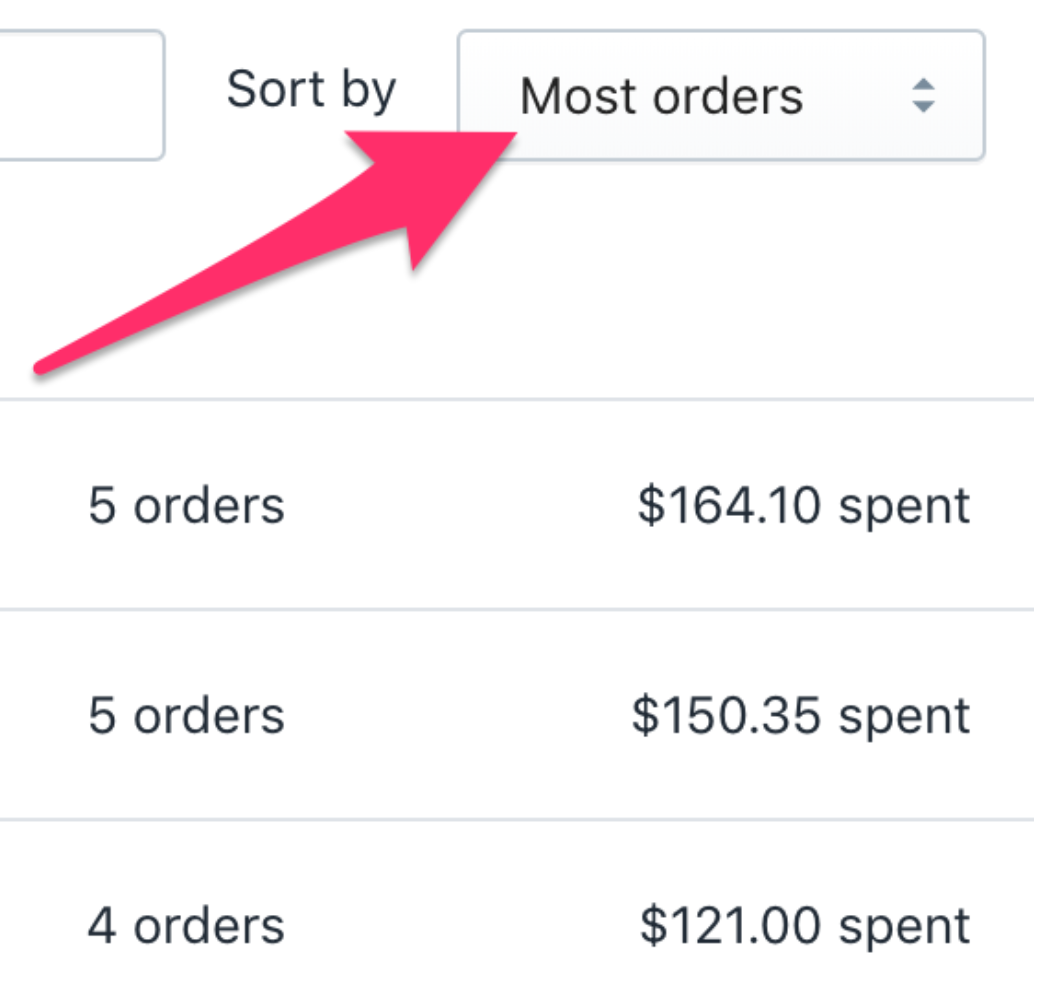
Repeat customers clearly like your products and are satisfied with their quality, so they may be great ambassadors for your brand. Just do a little investigating to see how they engage on social media to see if they’d be a good fit for what you have in mind.
While you can also see who’s ordered your products via your Seller Central account on Amazon, it’s not advisable to contact customers about their purchases. While a person who makes a purchase from your Shopify store is your customer, on Amazon, a person who buys your product is Amazon’s customer — you’re simply a third-party seller.
3. Search hashtags
Hashtags allow social users to have conversations and build communities because they make it easy for people to find users with similar interests and interact with them. If you have a branded hashtag, take a look at who’s using it.
You can also look through popular hashtags that are relevant to your brand. For example, if you sell fitness products, you’d want to check out posts tagged with #fitness, #fitnessmotivation, #health, and #healthylifestyle.
4. Use an influencer tool
There are numerous tools you can use to identify influencers. Many are free or offer free trials, but there are other options that provide you with more detailed influencer information and customization options.

Check out Curalate’s influencer tool, which is illustrated above, and Alexa’s Audience Overlap tool.
5. consult Amazon influencers
You can also find influencers through the Amazon Associates or Amazon Influencer programs.
How to Connect with Amazon Influencers
Once you’ve identified an influencer you’d like to work with, don’t immediately reach out to them with endorsement contracts or free products. Instead, take things slow and establish a relationship. This will not only help them feel more comfortable with both you and your brand, but it’ll also help you ensure that this influencer is the right fit.
- Follow. Determine which social network you’d like to work with an Amazon influencer on and follow them on that specific network.
- Engage. Make an influencer aware of your presence and show appreciation for their content by liking their posts and leaving comments.
- Start a conversation. Your conversation may have begun already in the comments on the influencer’s posts, but take the next step and send an email. Often, influencers will list their email in their bio or link to their website. While you can certainly start a conversation with an influencer via direct message, it’s a good idea to send an email as well, as influencers are often overwhelmed by the number of messages they receive. At this point, you may even want to offer to send free products to the influencer for them to try out.
- Send a formal ask. Now that you have a conversation going, broach the subject of working together. Explain what you have in mind — whether it’s a giveaway or sponsored post, for example. If the influencer has made similar posts or participated in similar campaigns that you’d like to emulate, point these out to give them a better idea of what you envision.
How to Work with Amazon Influencers
Choose your campaign
There are countless ways to work with influencers to promote your products and increase your Amazon sales — from Instagram takeovers to affiliate programs. Here are some of the most popular options that’ll help you drive traffic to your Amazon products.
- Sponsored post: Have an influencer make a post that features your product. Also known as promoted posts, these posts are often identified by hashtags such as #ad or #sponsored, and some may be more overtly promotional than others. For these types of posts, it’s important to let an influencer create content in their own voice, so it’s a natural fit for their social feed.
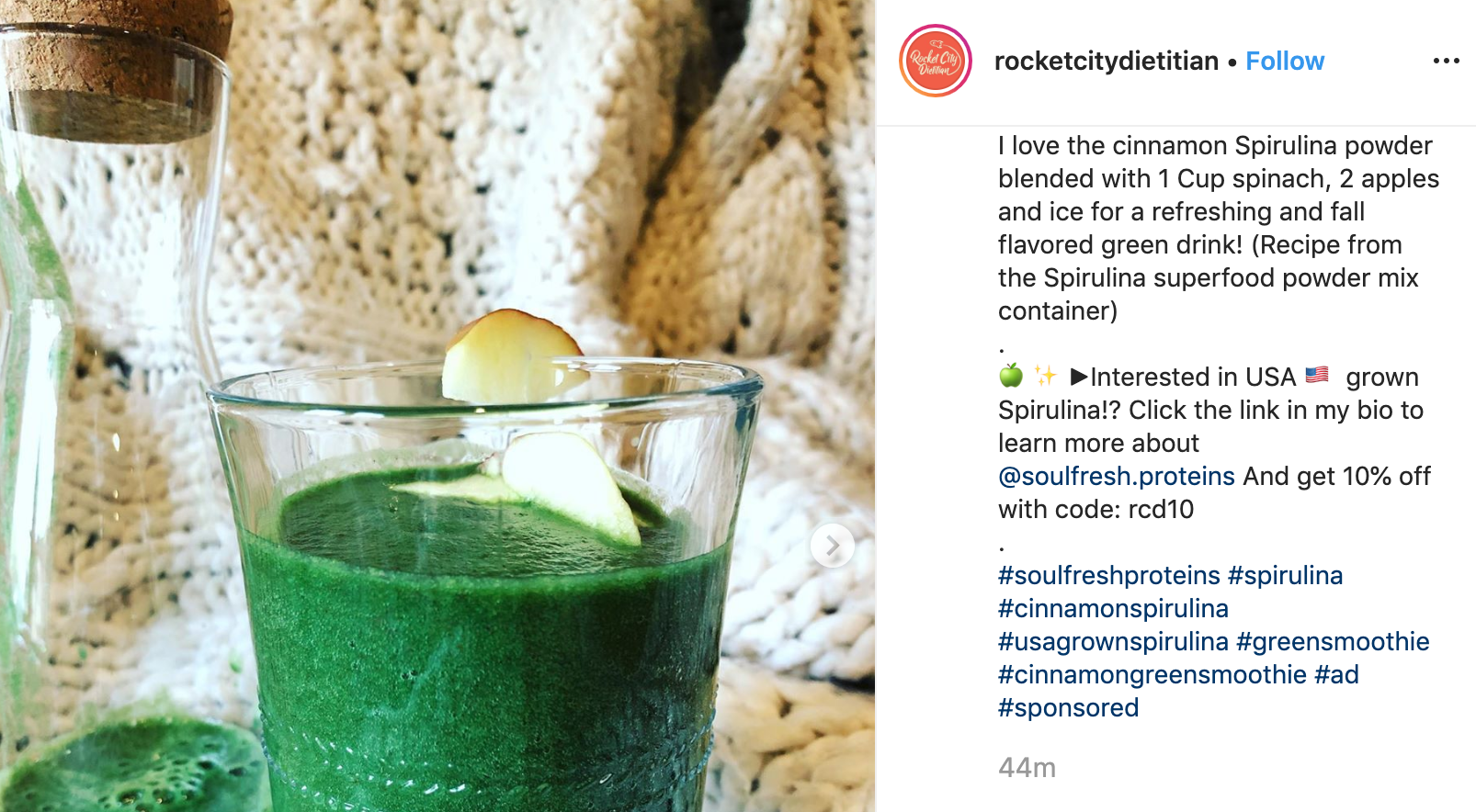
Giveaway: Teaming up with one or more influencers to host a giveaway of your product is a great way to promote it. Because you’re giving away items, engagement rates are typically high for these types of posts. They can also help you grow your brand’s own social following if contest rules require that participants follow your account to be eligible for a chance to win.
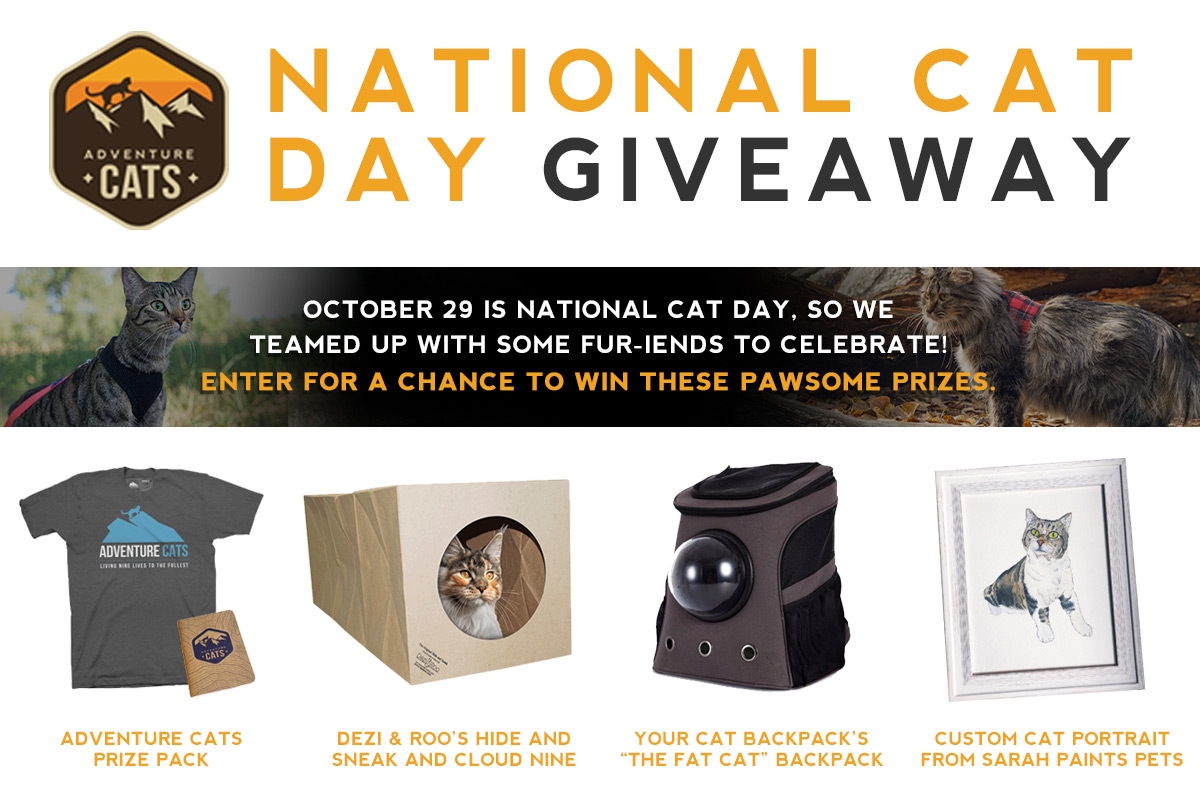
- Custom discount codes: Providing an influencer with a custom discount, promo code, or coupon code to share with followers is effective for a couple of reasons. Because it’s customized for a particular influencer, it creates a unique opportunity to save that feels special to a select group of people. It’s also easy to measure the impact of your campaign, especially when working with several different influencers. Here’s how to set up an Amazon promo code.
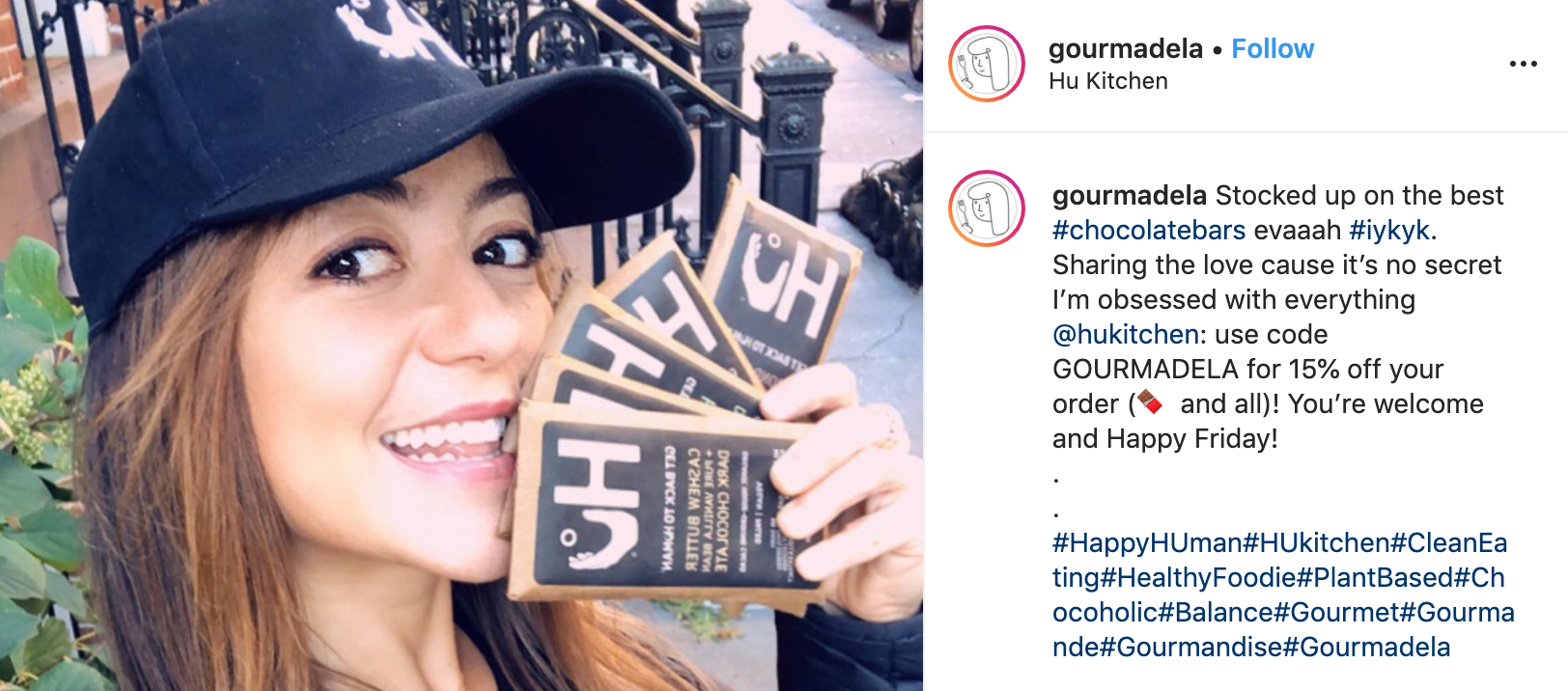
Brand ambassador: These are people who love your brand and its products and are willing to promote it to help raise brand awareness and drive sales. While they’re sometimes paid, many brand ambassadors participate in such programs for free merchandise or early access to new products.

Define expectations
No matter how short your campaign is or how small your budget, it’s important to clearly define your working relationship in an influencer marketing agreement. Here are a few things to keep in mind when drawing up your agreement:
- Number of posts: Outline exactly how many posts an influencer will be making on your behalf as well as the posts’ duration and where they should link.
- Payment: Detail not only how much an influencer is paid, but also how they’ll be paid and on what date or schedule.
- Prior review of content: If you want to approve imagery or copy before an influencer makes a post, be sure this is clear and set due dates.
- Future use of influencer-created content: The photos, videos, and other content an influencer creates on your brand’s behalf is one of the greatest benefits to working with an influencer because you can repurpose that content across your marketing channels. If you plan to reuse influencer content in the future, make sure this is explained in the influencer agreement.
Give the influencer creative freedom
Influencers have developed a unique voice and curated a distinct look for their social media accounts, which enables them to effectively engage with their audience. While you may ask to review a post before it’s published, encourage influencers to get creative and promote your products in a way that’s on-brand for them as well.
How to Track Influencer Impact
Success means more than getting an influencer to promote your brand or product. You also have to set goals for the campaign and measure them to track how you’ve done.
While your overall goal is to increase Amazon sales, you may have other goals in mind that can play a role in helping you gain more sales. Consider the following: conversions, post engagement, post reach, clicks, brand awareness, and follower count, just to name a few.
At the conclusion of each campaign, take a look at what worked and what didn’t. You can use this data to guide the development of your next Amazon influencer campaign.
Small Amazon Influencers Can Have Big Results
When it comes to getting your Amazon products in front of the right audience to grow your sales, keep in mind that it doesn’t necessarily have to cost a lot to work with an influencer as long as you do your research and spend strategically.
Influencers with only a few thousand followers are affordable to work with and can have a massive impact. In fact, 82% of people who receive a recommendation from a micro-influencer are highly likely to take that recommendation and actually make a purchase, according to Jonah Berger, bestselling author of “Contagious: Why Things Catch On.”
So choose your influencers carefully, paying more attention to who they’re reaching instead of simply how many people they could reach to ensure your products are getting in front of the right people: the ones most likely to make a purchase from your Amazon store.
Digital & Social Articles on Business 2 Community
(55)

